Overview
Intervertebral disc disease (IVDD) is a premature degeneration of the intervertebral disc, the cushion located between the bones of the spine in the back (vertebrae). This degeneration can lead to disc rupture or herniation, often known as a “slipped disc” which is very painful and can have serious implications on quality of life.
What is Disc Herniation?
Intervertebral discs are made up of two components:
- Nucleus pulposus: This soft, inner core of the disc allows the spine to withstand forces of compression and torsion.
- Annulus fibrosis: The tough, outer layer of the disc protects the nucleus pulposus and is connected to the vertebrae above and below the disc.
Chronic degeneration of the annulus fibrosis can result in disc rupture or herniation into the spinal canal. This causes inflammation and puts pressure on the spine and nearby nerves which can lead to clinical signs such as pain, incoordination and in severe cases, paralysis.

Relevant Breeds
The genetic mutation associated with IVDD risk is also correlated to chondrodystrophy, a defect ossification of cartilage which results in short limbs. This genetic variant has been observed in the breeds below and may also be present in additional breeds not listed.
| Basset Hound | Beagle |
| Bichon Frise | Cardigan Welsh Corgi |
| Cavalier King Charles Spaniel | Chesapeake Bay Retriever |
| Chihuahua | Chinese Crested |
| American Cocker Spaniel | Coton de Tulear |
| Dachshund | Dandie Dinmont Terrier |
| English Springer Spaniel | French Bulldog |
| Havanese | Jack Russell Terrier |
| Nova Scotia Duck Tolling Retriever | Pekingese |
| Pembroke Welsh Corgi | Poodle (Miniature and Toy) |
| Portuguese Water Dog | Scottish Terrier |
| Shih Tzu |
Risk Associated with Variants Tested
There are two genetic variants that researchers have identified to correlate to chondrodystrophy (short legs) in dogs. One variant is located on chromosome 122 (CFA 12) and the other on chromosome 183 (CFA 18). The genes where these mutations occur are involved in cartilage growth and bone development, however only the variant on CFA 12 has been linked to risk for IVDD. All dogs used as IVDD controls in the initial study (except for one – see limitations) carried at least one genetic variant for IVDD risk. Additional research supports that the presence of the risk variant for IVDD is associated with a lower age of onset and need for surgery across many breeds1.
Limitations
In the initial research study, there was one dog with IVDD that did not carry a genetic variant for the disease. This dog was a rottweiler, a breed that is not chondrodystrophic. It is possible that there are other causes of IVDD not attributable to this genetic variant, especially in non-chondrodystrophic breeds.
Care Recommendations
Caring for patients at risk
- Maintain a healthy weight
- Use a harness, rather than a collar for walks on leash
- Create a comfy place for your dog to rest at floor level or install a ramp to a bed or couch to help prevent jumping off furniture
- Consider low-impact, solo exercise instead of rough social play with other dogs
Symptoms
Disc herniation can occur slowly over days or weeks or can occur acutely after an event such as a fall or jumping off furniture. Disc herniation often occurs in the neck or mid-to-lower back region. Clinical signs may include Back Pain and reluctance to move as well as lameness (difficulty walking) in the hindlimbs or all 4 limbs.
Diagnosis and Treatment
Symptoms of disc herniation can also be caused by other medical conditions. Examination by a veterinarian as well as possible imaging (X-ray, CT-Scan, MRI) may be indicated to diagnose and localize the site of disc herniation. Treatment may include strict rest and medications such as anti-inflammatories and muscle relaxants. In severe cases, surgery may be necessary.
Risk for Intervertebral Disc Disease results from a mutation in the Fibroblast growth factor 4 (FGF4) gene on chromosome 12. The result is an increase in the expression of FGF4 in the neonatal intervertebral disk which impacts endochondral ossification.
Mode of inheritance: Risk for IVDD is inherited as a dominant trait. Dogs with one or two copies of the risk variant are at increased risk for IVDD.
Breeds Affected
| Basset Hound | Beagle |
| Bichon Frise | Cardigan Welsh Corgi |
| Cavalier King Charles Spaniel | Chesapeake Bay Retriever |
| Chihuahua | Chinese Crested |
| American Cocker Spaniel | Coton de Tulear |
| Dachshund | Dandie Dinmont Terrier |
| English Springer Spaniel | French Bulldog |
| Havanese | Jack Russell Terrier |
| Nova Scotia Duck Tolling Retriever | Pekingese |
| Pembroke Welsh Corgi | Poodle (Miniature and Toy) |
| Portuguese Water Dog | Scottish Terrier |
| Shih Tzu | Others |
Potential test outcomes
|
Genotype |
Phenotype |
|
No variant detected |
No increased risk |
|
Carrier: 1 copy of the variant |
Increased risk |
|
Homozygous affected: 2 copies of the variant |
Increased risk |
References
- Batcher K, Dickinson P, Giuffrida M, Sturges B, Vernau K, Knipe M, Rasouliha SH, Drögemüller C, Leeb T, Maciejczyk K, Jenkins CA, Mellersh C, Bannasch D. Phenotypic Effects of FGF4Retrogenes on Intervertebral Disc Disease in Dogs. Genes (Basel). 2019 Jun 7;10(6):435. doi: 10.3390/genes10060435. PMID: 31181696; PMCID: PMC6627552.
- Brown EA, Dickinson PJ, Mansour T, Sturges BK, Aguilar M, Young AE, Korff C, Lind J, Ettinger CL, Varon S, Pollard R, Brown CT, Raudsepp T, Bannasch DL. FGF4retrogene on CFA12 is responsible for chondrodystrophy and intervertebral disc disease in dogs. Proc Natl Acad Sci U S A. 2017 Oct 24;114(43):11476-11481. doi: 10.1073/pnas.1709082114. Epub 2017 Oct 11. PMID: 29073074; PMCID: PMC5664524.
- Parker HG, VonHoldt BM, Quignon P, Margulies EH, Shao S, Mosher DS, Spady TC, Elkahloun A, Cargill M, Jones PG, Maslen CL, Acland GM, Sutter NB, Kuroki K, Bustamante CD, Wayne RK, Ostrander EA. An expressed fgf4 retrogene is associated with breed-defining chondrodysplasia in domestic dogs. Science. 2009 Aug 21;325(5943):995-8. doi: 10.1126/science.1173275. Epub 2009 Jul 16. PMID: 19608863; PMCID: PMC2748762.



